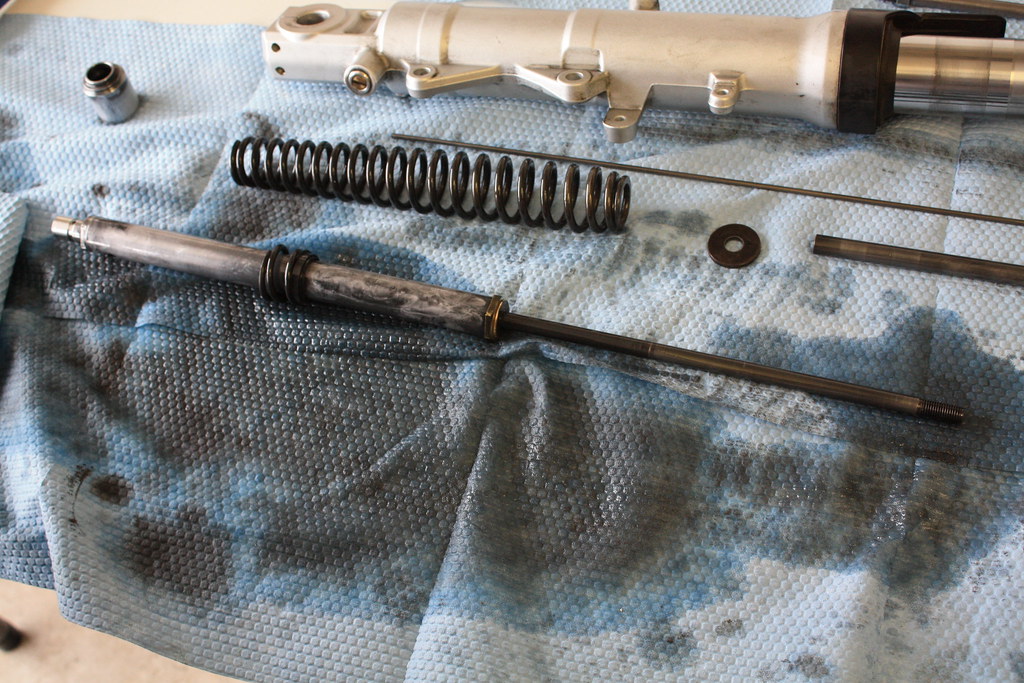
First of all, I "borrowed" this picture (#18) from an old thread, so thanks to Scoobyvroom for posting it: https://www.fjrforum.com/forum//index.php/topic/127506-race-tech-gold-valve-and-spring-installation/?p=723251
I just changed out the bushings and seals on my 2007 and I ran into a problem upon re-assembly of the stock cartridges in the fork tubes. I had the inner tubes with bushing all back together inside the outer tubes, no problems. Next I slid what Yamaha calls the SPINDLE, TAPER (shown in the upper left corner of Picture 18 above) onto the bottom of the cartridge and then slid the cartridge in the fork (fork was lying down). I wiggled the cartridge around a bit until I felt the end drop into the matching bore in the bottom of the outer tube. I installed the allen screw and copper washer into the end of the outer tube and everything seemed fine. But when I attempted to hit the required 25 ft-lb of torque, it seemed to turn way too much before the torque was met. The first one held together, but right before I reached 25 ft-lbs on the second one, it went pop... the threaded boss on the cartridge snapped off. The last sound you want to hear!!! Anyway, I got it back apart without the broken tip getting hung up on the allen screw, luckily, and it was time to search for parts.
Cartridges are pricy, so I opted to buy a set of Race tech valves to provide a replacement for the broken part. I figured a performance increase couldn't hurt either.
SO MY QUESTIONS... I don't want to repeat this goof on the new valve/cartridge assembly and was hoping you guys can offer advice. Did I have something out of place? Did that SPINDLE, TAPER need to go in before the inner tubes were installed or just slid in with the cartridge afterwards?
In my opinion, it felt like small boss of the cartridge (valve tip) wasn't bottomed out completely in the outer tube and as the screw was tightened, it stretched the valve until it broke. I say this because it took more turns than it should have to reach the torque compared to if it was seated tightly together in the first place.
Any help would be greatly appreciated.
Last edited by a moderator:




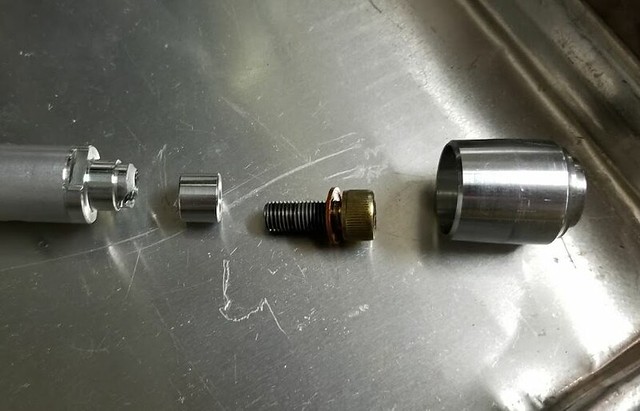
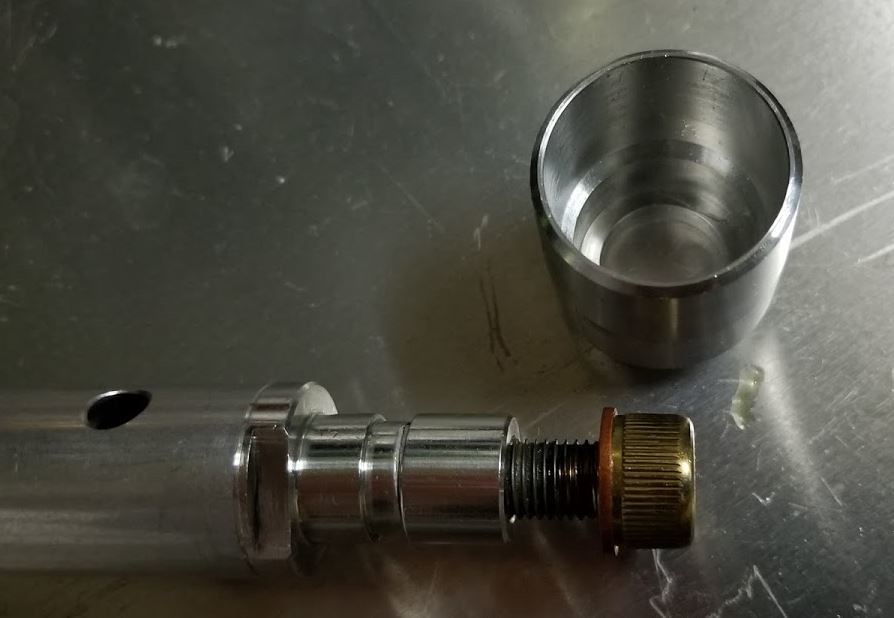
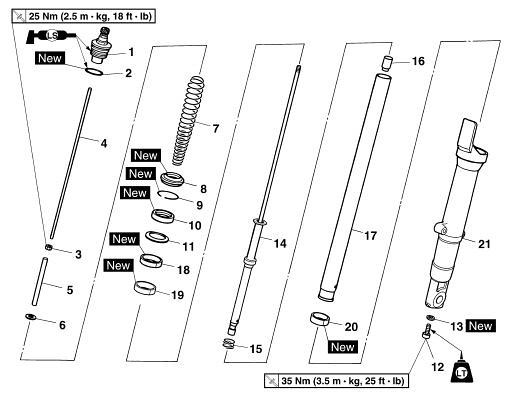
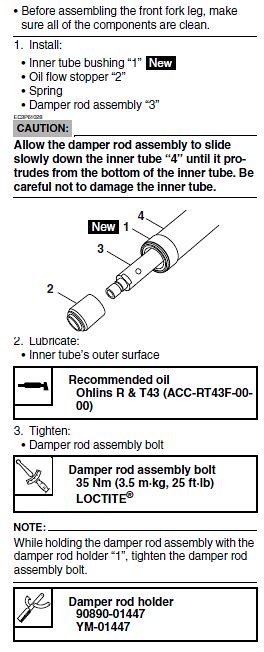

























![fjackets Real Lambskin Leather Biker Jacket — Quilted Cafe Racer Zip Up Moto Leather Jackets For Men | [1100085] Johnson Brown, XL](https://m.media-amazon.com/images/I/41I7Pm1f+vL._SL500_.jpg)

































